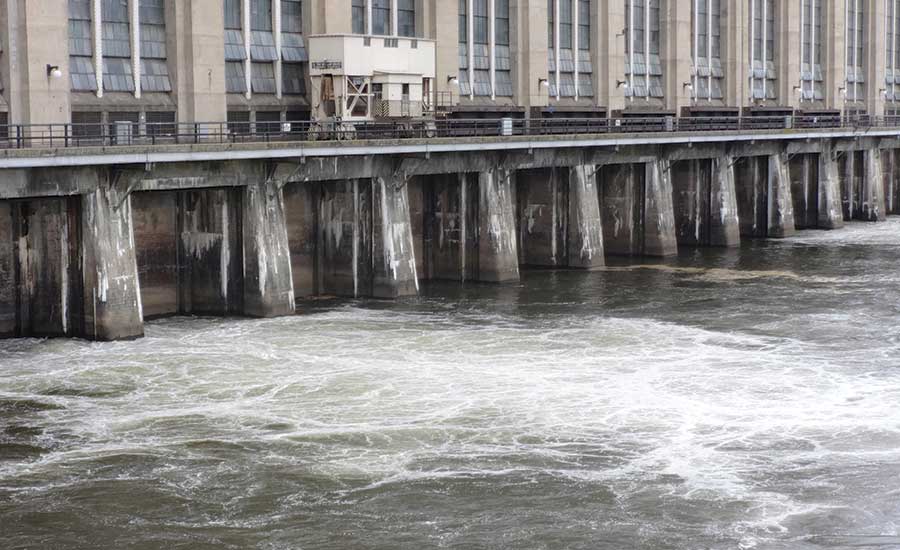The outlook for new U.S. Environmental Protection Agency guidance aimed at streamlining permit approvals for natural gas pipelines and other energy infrastructure projects is murky, at best, and could lead to more frequent legal skirmishes, some observers say.
EPA released guidance on June 7 that would limit the time for states and tribes to evaluate federal energy projects within state lines. Under Section 401 of the Clean Water Act, states and tribes can impose conditions on permit approvals, or even deny permits, if projects could harm water quality. The new guidance is not legally binding, but EPA plans to release a proposed rule by August to codify what the June 7 document spells out.
EPA says the guidance, which implements an April directive from President Donald Trump, merely clarifies what the water act’s authors intended. Environmental advocates and some state officials, however, contend the guidance curbs states’ and tribes’ ability to put conditions on or deny permits for projects that may worsen quality of waterways in their borders.
Ben Grumbles, Maryland Secretary of the Environment, said in a statement, “We’re disappointed by the guidance, and hopeful EPA will revise positions before finalizing any legally enforceable regulations.” Grumbles, who led EPA’s office of water in the George W. Bush administration, added, “States support clear and timely decisions under the Clean Water Act but grow concerned when EPA and other federal permitting agencies put a premium on speed rather than state-based environmental protection.”
The new guidance replaces interim Obama-era guidelines and seeks to clarify that permit-certification decisions must be made within one year, preferably within 60 days.
Under the 2010 interim guidance, the certification time line began when a state deemed an application “complete,” with all necessary data. Now, the clock starts when a certification request is made. That is problematic in cases where an energy company may be uncooperative with state officials, says Betsy Nicholas, executive director of advocacy group Chesapeake Waterkeeper. Nicholas says that states have the most access to data about their waterways and can best determine whether a project—such as relicensing Conowingo Dam on the Susquehanna River in northern Maryland—may hurt water quality.
The permit certification process for Conowingo Dam, owned by Exelon Corp., has taken more than four years, she says. Without allowing states to work with project developers and require more information before making a finding, Nicholas says, states may simply deny the applications, decisions that will likely be challenged in the courts.
But industry officials say that states have occasionally abused their authority and denied permits for politically controversial projects, particularly energy infrastructure. Scott Segal, director of the Electric Reliability Coordinating Council, said in a statement, “Although the vast majority of Section 401 certification requests are processed as Congress intended, the polarized debate over energy infrastructure projects has led to Section 401 being misused to delay and even halt” pipeline and other energy projects.
For example, New York state has denied water permit certification for at least three natural gas pipeline projects, including the 124-mile Constitution pipeline, from Susquehanna, Pa., to New York. That project has been held up by court challenges since 2016, when state regulators denied certification for the project. A federal appeals court upheld the state action in 2017, and last year the U.S. Supreme Court rejected Constitution’s request to consider an appeal.
Dave Barrows, a senior advisor with water-resources consultant Dawson & Associates, predicts that not much will change for the time being. Barrows, former chief of the Army Corps of Engineers regulatory technical section, says the EPA guidance is not legally binding, and the proposed rule’s content could change significantly during the regulatory process. Moreover, he says, Corps civil works projects will not be affected until the Corps develops its own regulatory guidance.



